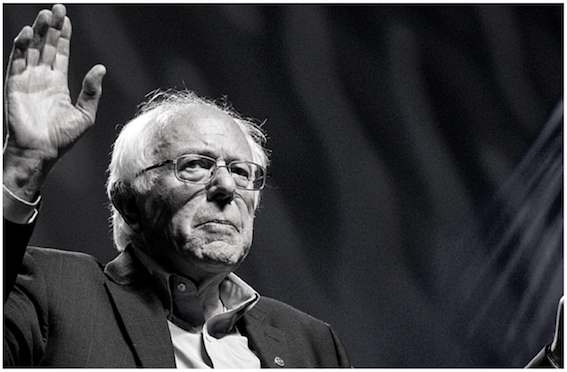Bernie Barnstorms – I Wish I’d Thought Of That
Coinciding with the Save The Date for IWITOT 2018 (January 18th, 2018 in London), here is a gem from the 2016 event, from Fiona Pattison, account director of mobile and digital at Open.
- Written by
- Fiona Pattison
- Added
- October 12, 2017
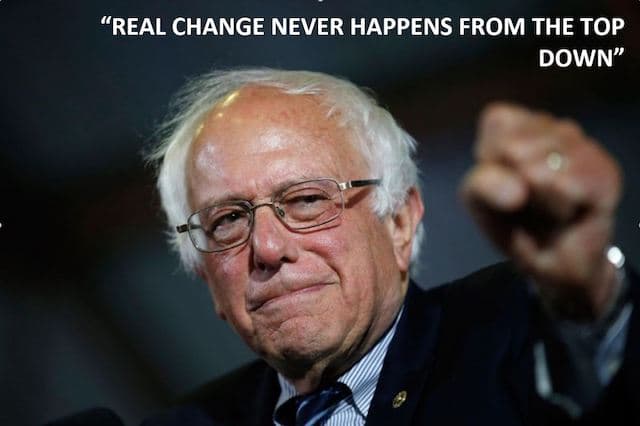
The idea I wish I’d thought of comes from Bernie Sanders’ political fundraising – volunteer-led barnstorms.
Political fundraising in the US is a big deal. Ahead of the 2016 election a staggering $996 million was raised to support Democratic candidates, plus $727 million for the Republicans[1]. Obama’s 2008 campaign set a fundraising precedent, but the challenges of 2016 demanded even smarter strategy and tactics.
Prior to leaving the race in July, Bernie Sanders had raised a total of $243 million, from 8.1 million contributions. The power of the individual sat at the heart of this achievement. The average donation was $27. Email and digital fundraising was incredibly successful, but today I want to talk to you about harnessing the power of volunteers.
Bernie’s fundraising team recognised they couldn’t make the biggest difference if they worked alone. They had thousands of supporters across the country who were prepared to give their time – whether or not they had donated. However, they also recognised that organisation of these volunteers was critical to success.
The first step was to reach out directly to supporters on social media, asking them to canvas – make phone calls, send text messages or knock on doors. Every social media platform had its own strategy, based on the audience profile.
What I particularly admire was the decision not to leave volunteer involvement at that point. Rather, volunteers were asked to recruit further volunteers. It was an ambitious ask, but as Zack Exley (a senior adviser on the campaign) says, ‘if you want a revolution you have to ask for one’.
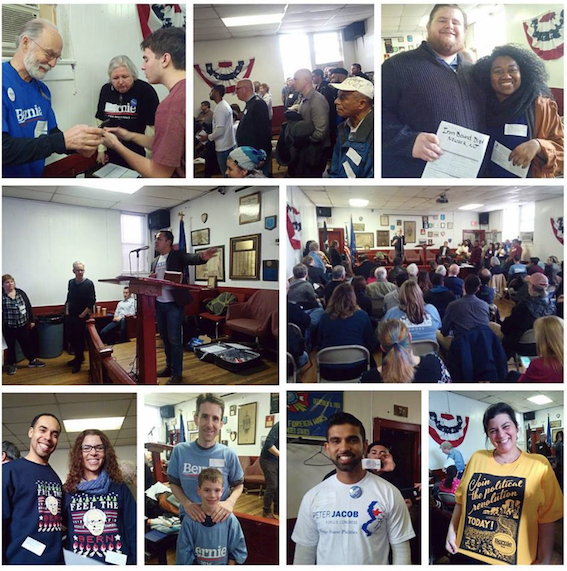
Bernie Barnstorms were born. Volunteers were asked to host events in their local area – town halls, schools and community centres. The objective of these 90-minute rallies was to build the largest volunteer voter contact machine in American political history. The concept of ‘member get member’ was simple. The hosts were reaching out to their peers and asking them to take actions, to support the political campaign.
Specifically the audience were being asked to host their own phone bank events at home and open their doors for fellow Democrats to join them.
Hosts committed to building energy in the room. If someone agreed to organise their own event the first attendees would add their names before they left that evening.
The Bernie team gave detailed, but simple, instructions on how to host a barnstorm and get the most from it. Suggested scripts for every state, with the most up-to-date information were published weekly. And digital channels such as Slack were used to offer support and advice.
The events were purposefully designed to be low-tech and low-effort, which meant anyone could get involved and kept costs down. For example, once a new event had been agreed a photo of the registration form was taken on a mobile phone and uploaded to the web. Volunteers completed the data entry so others could easily search for it. Events were plotted on a simple map which made it easy to search, plus visualised the growth across the country.
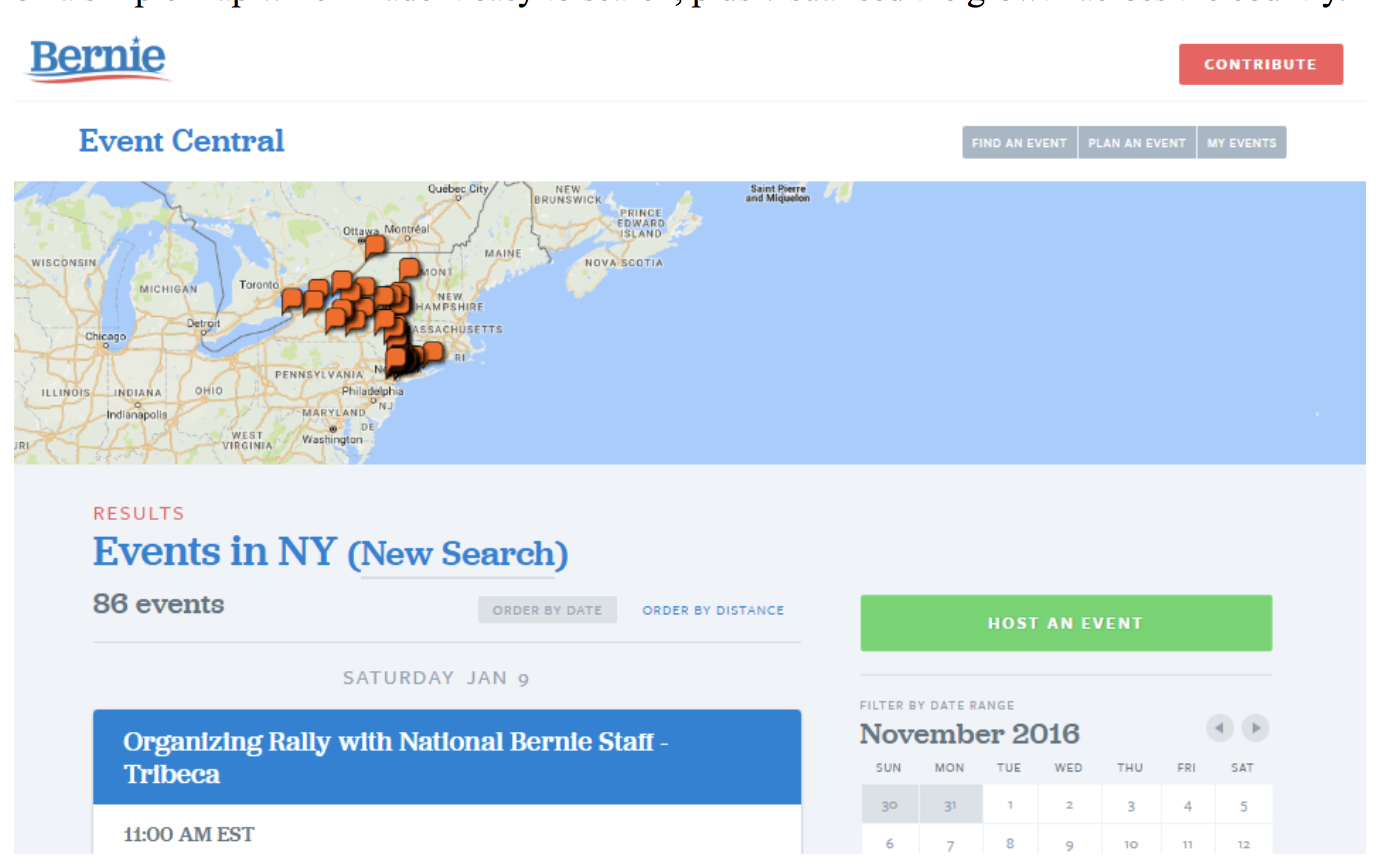
The growth of events and volunteers was exponential. If there can be a good example of a pyramid scheme, this was it. Rather than incentivise people to recruit others with financial rewards, the ‘offer’ was to join a movement and feel part of something.
In fundraising, how often do we hear the objection that an individual doesn’t have the power to make a difference?
More than 1000 barnstorms were held plus tens of thousands phone banks.
Barnstormers felt proud to badge themselves as Bernie supporters. They wanted to tell their friends and family that they were part of the revolution. It was empowering to rail against an economic and political system that was rigged against them and exciting to dream of an alternative vision of America. Despite the final outcome of the election Barnstormers will be able to tell their grandchildren ‘I was there’.
The scale of the challenge was broken down by a focus on locality and community, which would have worked in the campaign’s favour, as it mirrored existing behaviours. In recent years, in the UK and US, the popularity of supporting local business and projects has continued to grow. It’s never been more fashionable, and I imagine particularly in Democratic circles, to be someone who shops locally rather than at Walmart.
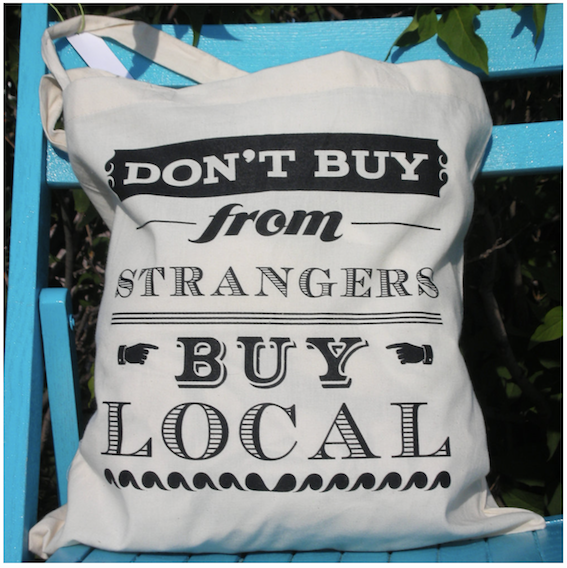
I think sometimes we forget that together people are stronger. We’re inclined to be sociable and constantly seek support and advice from our friends and family. Barnstorms facilitated this, and also recognised that our peers are more influential than organisations.
Eighty-four per cent of consumers say they either completely or somewhat trust recommendations from family, colleagues and friends about products and services. Plus 68 per cent trust online opinions from other consumers [2]. When did you last purchase something online without checking the star rating?
The events being hosted by local volunteers were not only practical, but would have increased trust in the room. When people signed up to a barnstorm or phone bank they weren’t just committing to the campaign but rather to other people.
Throughout my career as a fundraiser I’ve not met a charity that doesn’t want to get more people on board. And in my experience, the management of volunteers sits on the periphery of fundraising strategies.
Seth Godin sums up the opportunity better than I can:
Turn strangers into friends.
Turn friends into donors
And then...do the most important job:
Turn your donors into fundraisers. [3]
It requires a relinquishment of control – perhaps a little more trust in our supporters. And that probably shouldn’t be thought of as a risk. When speaking with the Bernie team, they told me how they literally opened their networks to volunteers – the volume of emails and Tweets couldn’t have been achieved with paid staff alone.
Every charity here has followers and supporters who care about your cause. They all have something in common – you. Organisations such as Greenpeace have done a brilliant job of using their collective force to create change through campaigns such as Save the Arctic. However, the opportunity for fundraisers is huge.
The best ideas are simple and authentic. They build upon existing behaviours rather than trying to create new ones. I believe Bernie Barnstorms proved this. Both the success of the events plus the inspiration they offer are the reason they’re the idea I wish I’d thought of.
If you agree with the statement on my first slide – ‘real change never happens from the top down’, I encourage you to think about how that could apply to the relationship between you, your supporters and their networks. At the end of the day, together you’re a stronger force.
